A Landowner’s Guide to Public Rights of Way - Roles and Responsibilities
In this section
- 1. Introduction
- 2. Landowners’ Principal Responsibilities
- 3. Who is responsible for Stiles and Gates on Public Rights of Way?
- 4. Who is responsible for Bridges on Public Rights of Way?
- 5. What fencing is permitted near a Public Right of Way?
- 6. How Wide is a Public Right of Way?
- 7. Who should maintain the surface of a Public Right of Way?
- 8. Who should maintain hedgerows?
- 9. Can I plough and grow crops across a Public Rights of Way?
- 10. Can I change the Route of a Public Right of Way?
- 11. Can I remove a Public Right of Way from my land?
- 12. Can I challenge the accuracy of the Definitive Map and Statement?
- 13. Can I protect my land from the addition of more Public Rights of Way?
- 14. Contact Us
13. Can I protect my land from the addition of more Public Rights of Way?
Regular use by the public of an informal path may result in it being recognised as an official Public Right of Way.
To prevent this, you need to show that, at the relevant time, you did not intend that the path should become a Public Right of Way.
In these circumstances, any apparent action that makes members of the public aware that you do not intend to dedicate an official Public Right of Way can protect land from the addition of further PRoWs.
Actions such as making a section 31(6) deposit under the Highways Act (1980) or erecting and maintaining signage indicating that an informal path is not a public right of way would both be effective ways of demonstrating a lack of intention to dedicate an additional PRoW.
All agents/contractors working on behalf of the landowner or tenant must understand these legal responsibilities.
Where landowner obligations are not being upheld the Council will make all reasonable attempts to resolve any problems without recourse to the courts or other appropriate legal action but will, where necessary, make full use of its legal powers.
